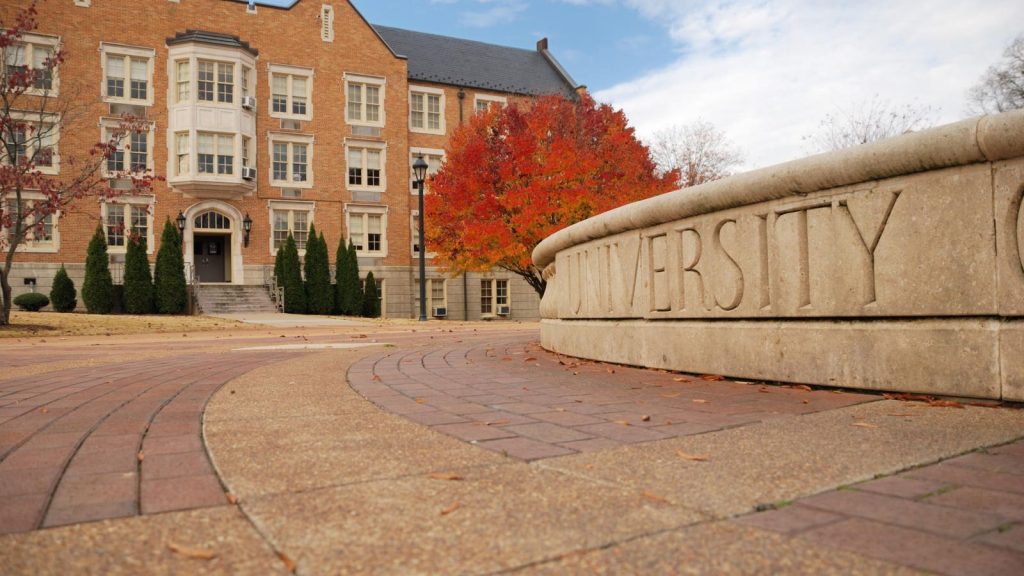University sign and building
As someone who’s spent over a decade helping families navigate the complexities of college financial planning, I’ve never seen a situation that better illustrates the changing landscape of higher education than Tennessee State University’s recent $43 million emergency funding package. If you’re a parent saving for your child’s education or a student planning your academic future, this situation offers crucial lessons about college planning in 2024 and beyond
The Wake-Up Call We All Needed
When I first read about Tennessee State’s situation in Higher Ed Dive’s comprehensive coverage, the numbers stopped me in my tracks. The university’s first-year enrollment plummeted from 3,500 students to just 880 – a decline so severe it threatened the institution’s very existence. According to Tennessee’s State Comptroller’s office, this led to the layoff of 114 employees and required emergency intervention to keep the university operating.
But here’s what really caught my attention as a financial advisor: this wasn’t just another COVID story.
Why This Crisis Matters for Your Family
Through my conversations with hundreds of families about college planning, I’ve noticed that most focus primarily on saving enough money. While that’s crucial, Tennessee State’s situation reveals why we need to think more broadly about protecting our educational investments. Here’s what the data tells us:
The Demographic Cliff Is Real
According to Deloitte’s 2024 Higher Education Trends report and verified enrollment data from the National Student Clearinghouse Research Center, we’re approaching a significant demographic cliff. Peak enrollment of traditional college-age students is predicted as soon as 2025. This isn’t just a statistic – it’s a fundamental shift that could affect your child’s college experience and your family’s financial planning.
Financial Warning Signs Matter
The Tennessee State situation revealed several verified red flags that families should watch for when evaluating any university:
- Documentation from state auditors showed the university allocated one-time funds for ongoing student aid without sustainable planning
- Public records confirmed the institution struggled to honor scholarship commitments
- Federal financial reports indicated depleted emergency funds without adequate replacement strategies
Protecting Your Family’s College Investment
Based on my analysis of Tennessee State’s documented challenges and extensive discussions with education finance experts, here’s how to better protect your family’s college investment:
1. Research Financial Health
Don’t just look at the college’s sticker price. Use these verified resources:
2. Create A Backup Plan
In my experience advising families, those who fare best in uncertain situations have multiple contingency plans:
- Research transfer pathways between your chosen school and potential backup institutions
- Consider tuition insurance (typically 1-5% of tuition) to protect against unexpected withdrawals
- Understand your state’s credit transfer guarantees between public institutions
3. Monitor Warning Signs
Stay informed about your chosen institution’s health by tracking:
- Enrollment trends (available through the Common Data Set)
- State funding levels (public records for state institutions)
- News about faculty staffing and program changes
Looking Ahead
When I started my college career, the conversation focused primarily on saving and scholarships. Today, as Tennessee State’s situation demonstrates, we need a more comprehensive approach to protect our educational investments.
The traditional metrics of college selection – rankings, campus amenities, and historical reputation – still matter. However, as confirmed by Deloitte’s research and the experiences of institutions nationwide, families need to prioritize an institution’s financial sustainability and ability to deliver consistent educational value.
